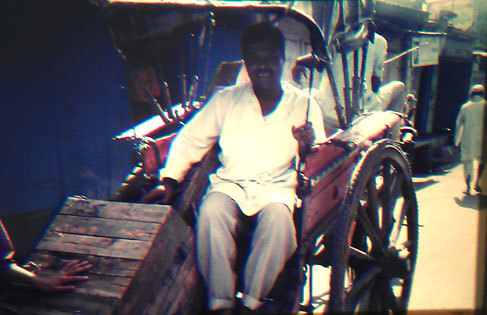Tanpura construction 6
After polishing, the pegs and bridges can be fitted. The tuning pegs come in a variety of different decorations, from simple turned round knobs to highly ornate carved roses. The top portion of the neck is carefully measured to determine the position of the pegs, and the holes are then drilled.
Two ledges of bone or horn are set at a right-angle across the upper portion of the neck close to the pegs. The upper portion has holes drilled into it and guides the strings to the tuning peg. The lower portion acts as a bridge and is called the meru or arra.
By far the most important part of the tanpura is the wide, flat main bridge, the ghoda, or commonly known as the jawari, which is situated on the sound-board. Originally made from ivory, the ghoda, nowadays, is made from stag-horn, ebony wood, or camel bone. Staghorn is the most commonly used material but it is getting harder to find and is consequently becoming more expensive. As with the elephant, the stag has recently become a protected species and the use of it is illegal. The best alternative material today is ebony wood or Delrin, a nylon product. Both the Delrin and ebony produce a good sound. A camels knee bone is also used but has a rather harsher sound. This is, however, quite suitable for some instruments. Worldwide there are presently experiments being conducted to find a suitable material for the bridge which will not only give a sound but will withstand a long period without regular maintenance (jawari).
After the required sound is produced, the instrument is now complete.

